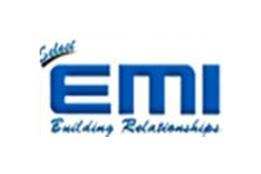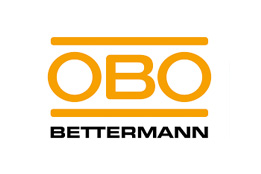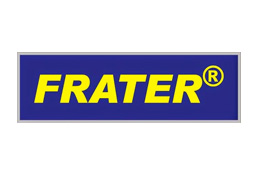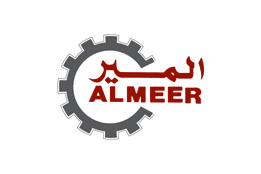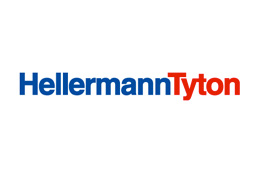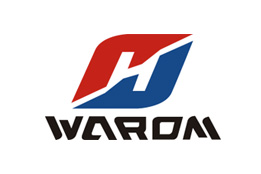

This Hazardous Area Technical Guide provides an overview for the design and use of equipment used within potentially explosive atmospheres created by gases, vapours and ignitable dusts or fibres.
Typically this includes such installations as oil/gas rigs, processing refineries, chemical production facilities, flammable liquids storage facilities, fuel transportation, petrol stations, paint production, paper production etc, however this list is not exhaustive and many new areas may be re-classified as hazardous.
A "hazardous area" is defined as an area in which the atmosphere contains, or may contain in sufficient quantities, flammable or explosive gases, dusts or vapours. In such an atmosphere a fire or explosion is possible when three basic conditions are met. This is often referred to as the "hazardous area" or "combustion" triangle.
In order to protect installations from a potential explosion a method of analysing and classifying a potentially hazardous area is required. The purpose of this is to ensure the correct selection and installation of equipment to ultimately prevent an explosion and to ensure safety of life. The methods used to classify an installation can vary depending upon which part of the world it is located, but generally there are two main types of classifi cation. In countries that have adopted the IEC (International Electrotechnical Commission) philosophy this is referred to as Zoning whilst in North American installations are classifi ed by Classes, Divisions and Groups to ascertain the level of safety required.
A Hazardous Area is defined by three main criteria, these being:
The auto-ignition temperature of the hazardous material (temperature or "T" rating)
The type of hazard (groups)
The likelihood of the hazard being present in flammable concentrations (zones)
The type of hazard will be in the form of either a gas or vapour or a dust or fibre.
The classification of these hazardous is primarily divided into two groups depending on whether it is in a mining or above surface industry. These are defined below:
Group I - electrical equipment for use in mines and underground installations susceptible to firedamp Group II and Group III-electrical equipment for use in surface installations.
Groups II & III are further sub-divided depending upon the hazard.
Group II gases are grouped together based upon the amount of energy required to ignite the most explosive mixture of the gas with air. Group III dusts are subdivided according to the nature of the explosive atmosphere for which it is intended.
Mining Surface Industry
Group I Group II Group III
Electrical equipment for mines susceptible to firedamp
Electrical equipment for places with an explosive gas atmosphere
Sub-Division Ignition Energy Sub-Division Explosive Atmosphere
IIA 260 Microjoules IIIA Combustible flyings
IIB 95 Microjoules IIIB Non-conductive dust
IIC 18 Microjoules IIIC Conductive dust












